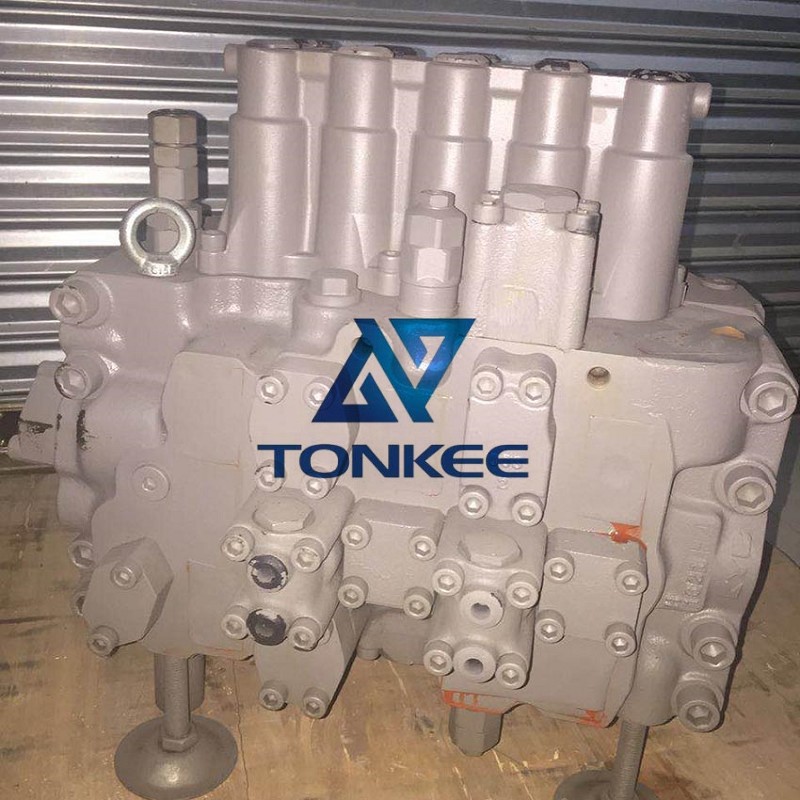
The ZAX200-1 distribution valve is engineered to meet the demanding requirements of heavy-duty applications.
It is constructed using high-quality materials to ensure durability, reliability, and long service life. The valve body is typically made from sturdy and corrosion-resistant materials such as cast iron or steel, capable of withstanding harsh operating conditions.
One of the primary functions of the ZAX200-1 distribution valve is to regulate the flow of hydraulic fluid. It features multiple ports and channels that facilitate the distribution of fluid to different hydraulic actuators and components within the system. By controlling the flow rate and direction, the valve enables precise and efficient operation of various hydraulic functions, such as the movement of the excavator's boom, arm, and bucket.
The ZAX200-1 distribution valve incorporates advanced design elements to optimize its performance. It employs precise spool or poppet mechanisms that allow for smooth and responsive control of hydraulic fluid. These mechanisms are typically actuated by electromechanical solenoids or hydraulic pressure, ensuring precise and reliable operation.
To enhance the versatility of the valve, the ZAX200-1 distribution valve often features adjustable flow and pressure settings.
This enables the operator to fine-tune the hydraulic system to meet specific requirements or adapt to varying operating conditions. The valve may have integrated pressure relief valves or flow control valves that provide additional control and protection to the hydraulic system.
In terms of installation, the ZAX200-1 distribution valve is designed for easy integration into hydraulic systems. It typically features standardized mounting interfaces and compatible connections, allowing for straightforward installation and replacement. The valve is also engineered to be compact and space-efficient, minimizing the footprint within the hydraulic system.
Maintenance and servicing of the ZAX200-1 distribution valve are relatively straightforward. Regular inspection and cleaning of the valve components are recommended to ensure optimal performance and prevent the buildup of contaminants. Additionally, it is essential to follow the manufacturer's guidelines for lubrication and fluid quality to maintain the valve's longevity.


















